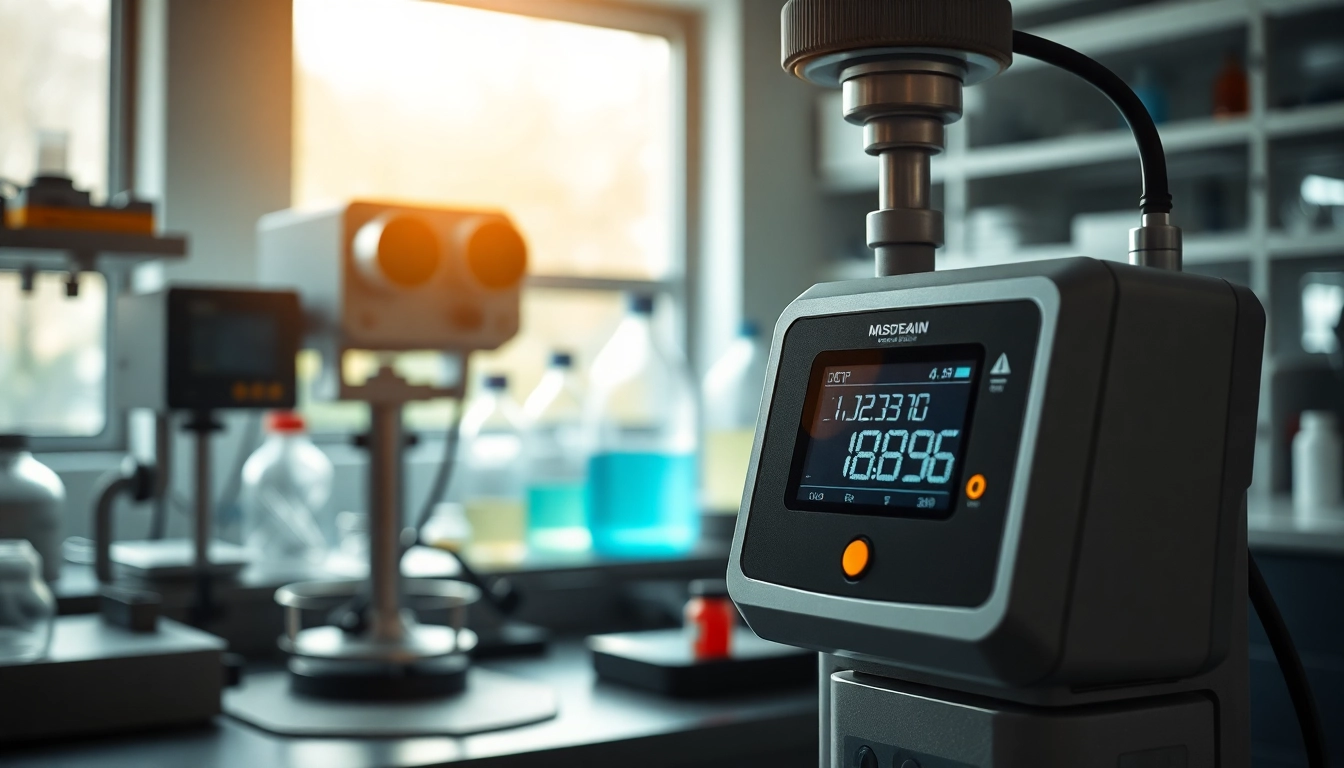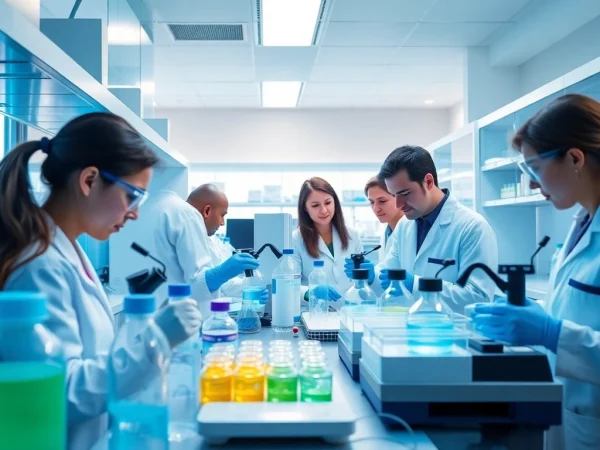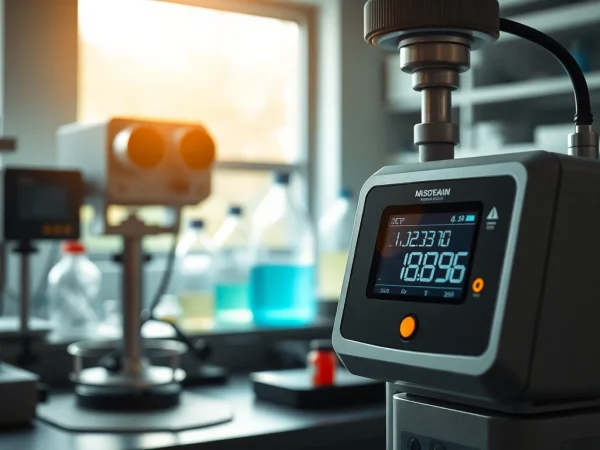Understanding the Essential Role of a Sulfur Dioxide Detector in Environmental Safety
Introduction to Sulfur Dioxide Detection
Sulfur dioxide (SO2) is a colorless gas with a pungent odor, primarily produced from industrial processes, combustion of fossil fuels, and natural sources like volcanic eruptions. The monitoring of sulfur dioxide levels is critical for environmental and health reasons. A reliable Sulfur Dioxide detector serves as an essential tool to ensure safety in workplaces and residential areas, where exposure can lead to serious health issues and environmental degradation.
What is a Sulfur Dioxide Detector?
A sulfur dioxide detector is an advanced device designed to measure and monitor the concentration of this harmful gas in the atmosphere. These detectors utilize various technologies to identify the presence of sulfur dioxide, often emitting alerts when levels exceed safe thresholds. They play a vital role in industrial manufacturing, mining, and gas processing, where sulfur dioxide may become a byproduct.
The Importance of Sulfur Dioxide Monitoring
Monitoring sulfur dioxide is crucial for several reasons. Industrial emissions can significantly impact air quality, leading to environmental degradation and health risks in nearby communities. Regulators require industries to monitor their emissions to comply with air quality standards, hence protecting public health and the environment. Effective monitoring helps preemptively identify and mitigate potential risks associated with sulfur dioxide exposure.
How Sulfur Dioxide Affects Health and Environment
Healthwise, exposure to sulfur dioxide can lead to respiratory issues, aggravate asthma, and have other long-term health effects. Environmental impacts include acid rain formation, which can harm ecosystems, aquatic life, and buildings. By utilizing sulfur dioxide detectors, companies and individuals can proactively address air quality issues, contributing positively to public health and environmental sustainability.
Types of Sulfur Dioxide Detectors
There are various types of sulfur dioxide detection technologies, each functioning differently to ensure accurate measurements. Understanding these technologies is fundamental in selecting the appropriate detector for specific applications.
Electrochemical Sensors Explained
Electrochemical sensors are widely used for detecting sulfur dioxide. These sensors operate by generating a current proportional to the amount of gas present. When sulfur dioxide interacts with the sensor’s electrolytic solution, it produces a measurable electrical signal. These sensors are favored for their sensitivity and ability to provide real-time data, making them ideal for both personal and industrial safety applications.
Infrared Detection Technologies
Infrared (IR) detection technologies leverage light absorption characteristics unique to sulfur dioxide. The detector emits infrared light, which passes through the air. If sulfur dioxide is present, it will absorb specific wavelengths of the emitted light, signaling its presence. This technology is notable for its accuracy and ability to detect gas concentrations from a distance, making it suitable for large industrial sites.
Overview of Optical Sensors
Optical sensors for detecting sulfur dioxide work similarly to infrared detectors but use visible light to identify gas presence. These sensors provide fast and reliable readings and can be tailored for specific environmental monitoring applications. Their adaptability makes them an increasingly popular choice in applications requiring high sensitivity and rapid response times.
Choosing the Right Sulfur Dioxide Detector
Selecting the correct sulfur dioxide detector involves understanding specific requirements, including the environment in which it will operate, the concentration levels expected, and regulatory compliance issues. Proper selection ensures effective monitoring and compliance with safety regulations.
Factors to Consider in Selection
- Application Environment: Different settings, such as industrial vs. residential, may require different detectors.
- Detection Method: Depending on sensitivity requirements, you may prefer electrochemical, infrared, or optical sensors.
- Alarm Systems: Ensuring the detector has adequate alarm features for warning of high levels is crucial.
- Calibration and Maintenance Needs: Consider how often the device will need calibration and what that entails.
Comparison of Popular Models
When it comes to selecting a sulfur dioxide detector, it can be beneficial to compare available models based on their specifications. For instance, models like the Dräger X-am 2500 are known for their portable design and robust alarm functions, while the MSA Altair 4X offers a highly sensitive electrochemical sensor. Reviewing models gives insight into performance, reliability, and the features best suited for your application.
User Reviews and Performance Metrics
User reviews can provide insights into real-world performance and reliability. Performance metrics such as response time, accuracy, and ease of use are essential factors to consider before making a purchase. Gathering feedback from current users can help gauge the effectiveness of different models, ensuring the chosen device aligns with your monitoring needs.
Installation and Maintenance of Sulfur Dioxide Detectors
Proper installation and maintenance are critical to ensuring sulfur dioxide detectors function effectively. Neglecting these aspects can lead to inaccuracies and failures, potentially compromising safety.
Step-by-Step Installation Guide
- Select Location: Identify the best location for the detector, considering potential sources of sulfur dioxide and airflow patterns.
- Mount the Device: Follow the manufacturer’s instructions for securely mounting the detector at the appropriate height.
- Connect Power Supply: Ensure the detector is connected to a reliable power source, adhering to the specific requirements outlined in the manual.
- Calibration: Perform the initial calibration to ensure the detector accurately reads sulfur dioxide levels.
- Test Functionality: Conduct a functional test to ensure all alarms and systems operate as intended before regular use.
Routine Maintenance Practices
Routine maintenance of sulfur dioxide detectors should include the following practices:
- Regular Calibration: Schedule calibration checks as per the manufacturer’s recommendations to maintain accuracy.
- Cleaning: Regularly clean the sensor area using approved cleaning solutions to prevent residues that may impact performance.
- Battery Checks: Ensure batteries are functional and replace them according to a set schedule, even if the device indicates sufficient power.
- Visual Inspection: Conduct periodic visual inspections for any wear and tear or physical damage.
Common Troubleshooting Tips
If a sulfur dioxide detector isn’t functioning correctly, the following troubleshooting tips may help:
- Check Power Supply: Ensure the device is receiving adequate power.
- Inspect Connections: Examine all wiring and connections for signs of damage or disconnection.
- Recalibrate: If readings appear inconsistent, recalibrating may resolve the issue.
- Consult Manuals: Always refer to the manufacturer’s troubleshooting guide for device-specific issues.
Future Trends in Sulfur Dioxide Detection Technologies
The field of sulfur dioxide detection is evolving rapidly. Staying abreast of technological advancements is pivotal for organizations committed to workplace safety and environmental health.
Advancements in Detection Accuracy
Future trends indicate a continuous improvement in detection accuracy, primarily through the integration of newer sensor technologies and data analytics. Enhanced algorithms can process complex data sets, allowing for earlier detection of sulfur dioxide emissions, leading to timely interventions and risk management.
Integration with Smart Technologies
With the advent of smart technology, sulfur dioxide detectors are increasingly being integrated into broader environmental monitoring systems. These systems leverage IoT (Internet of Things) capabilities, enabling real-time data communication, cloud storage, and advanced analytics, enhancing safety and response times.
The Impact of Regulations on Detector Development
As environmental regulations become stricter, manufacturers are driven to innovate sulfur dioxide detectors that comply with enhanced safety standards. This shift not only ensures public health but also encourages the development of more efficient and sustainable detection technologies.










